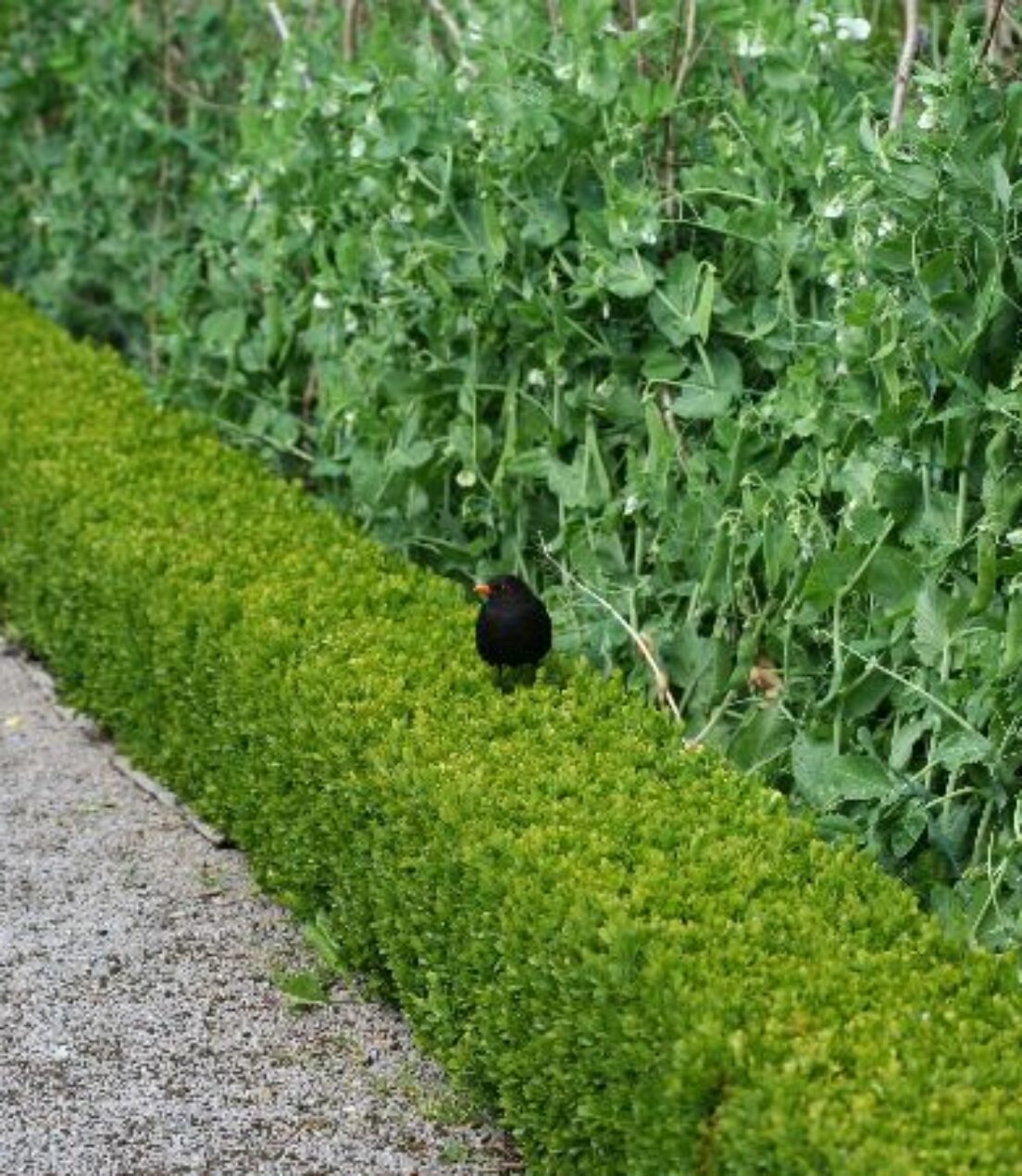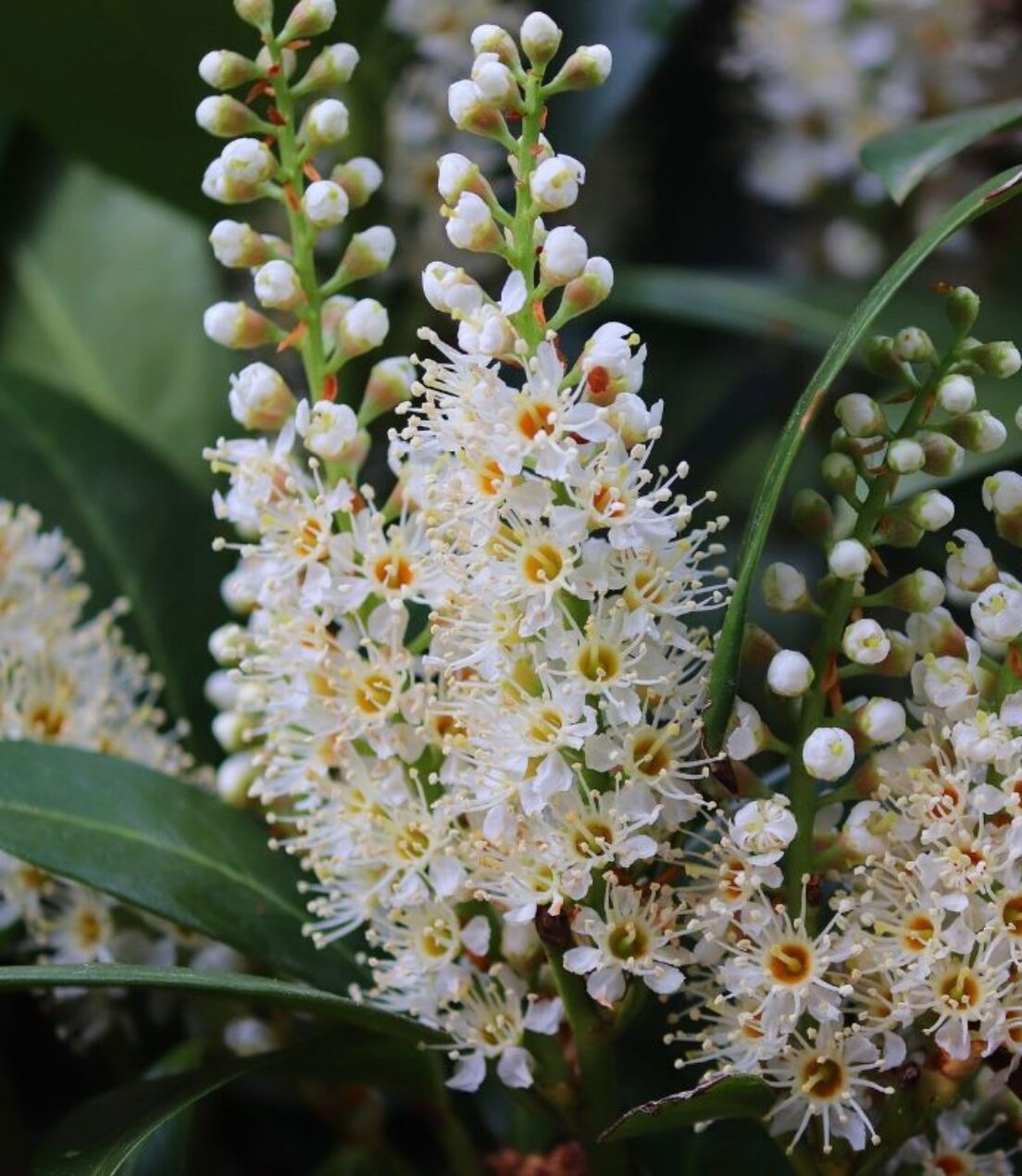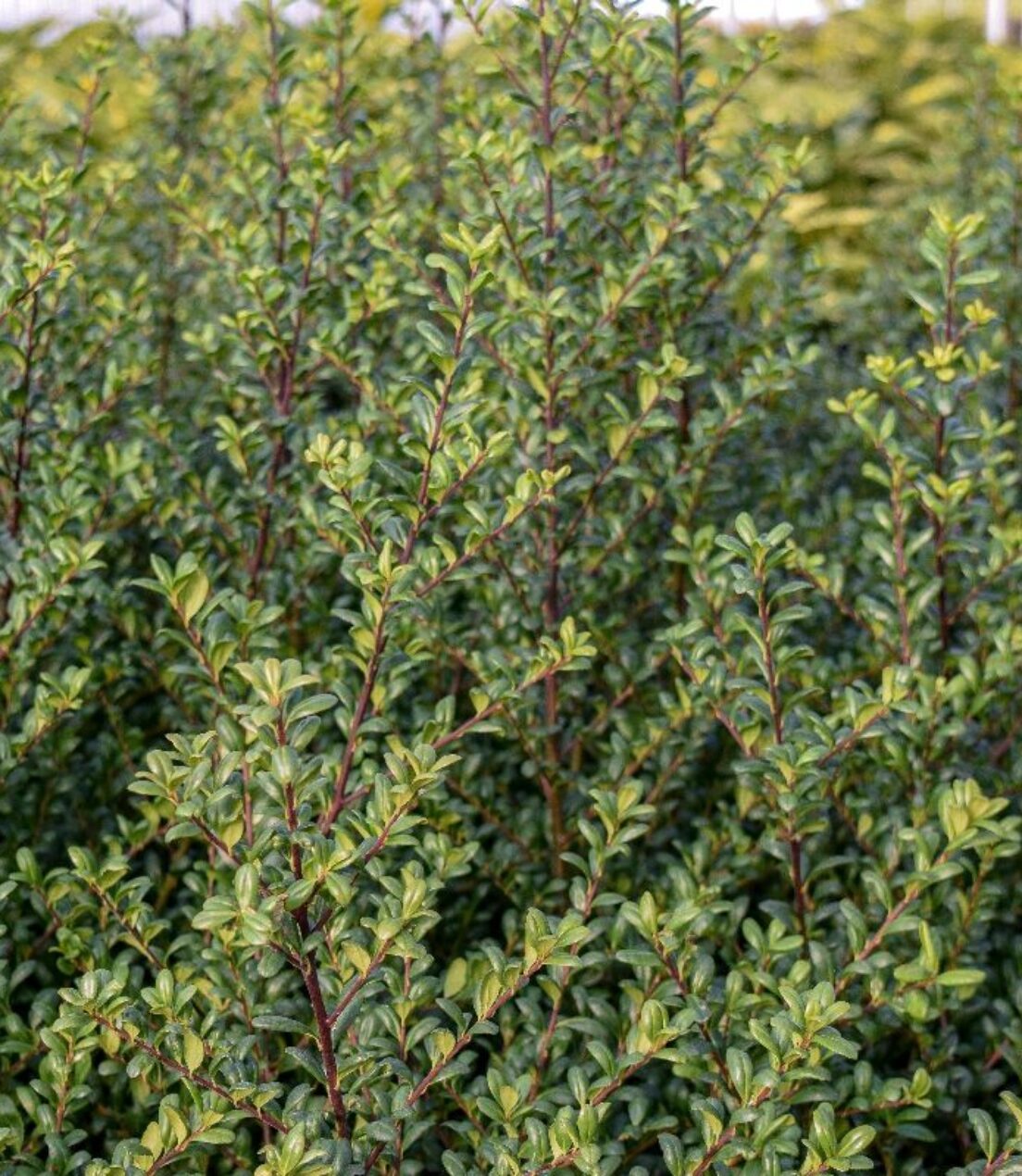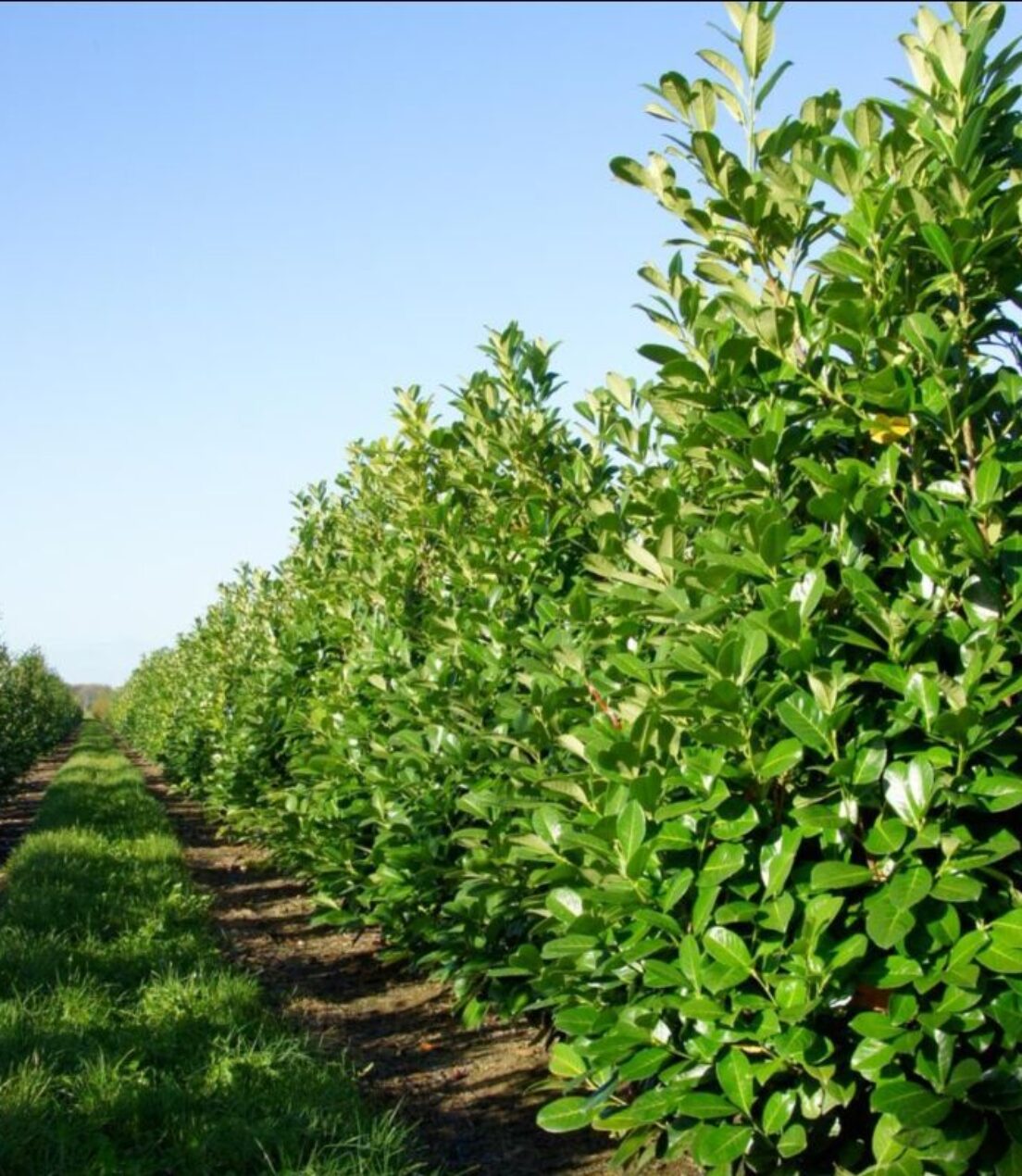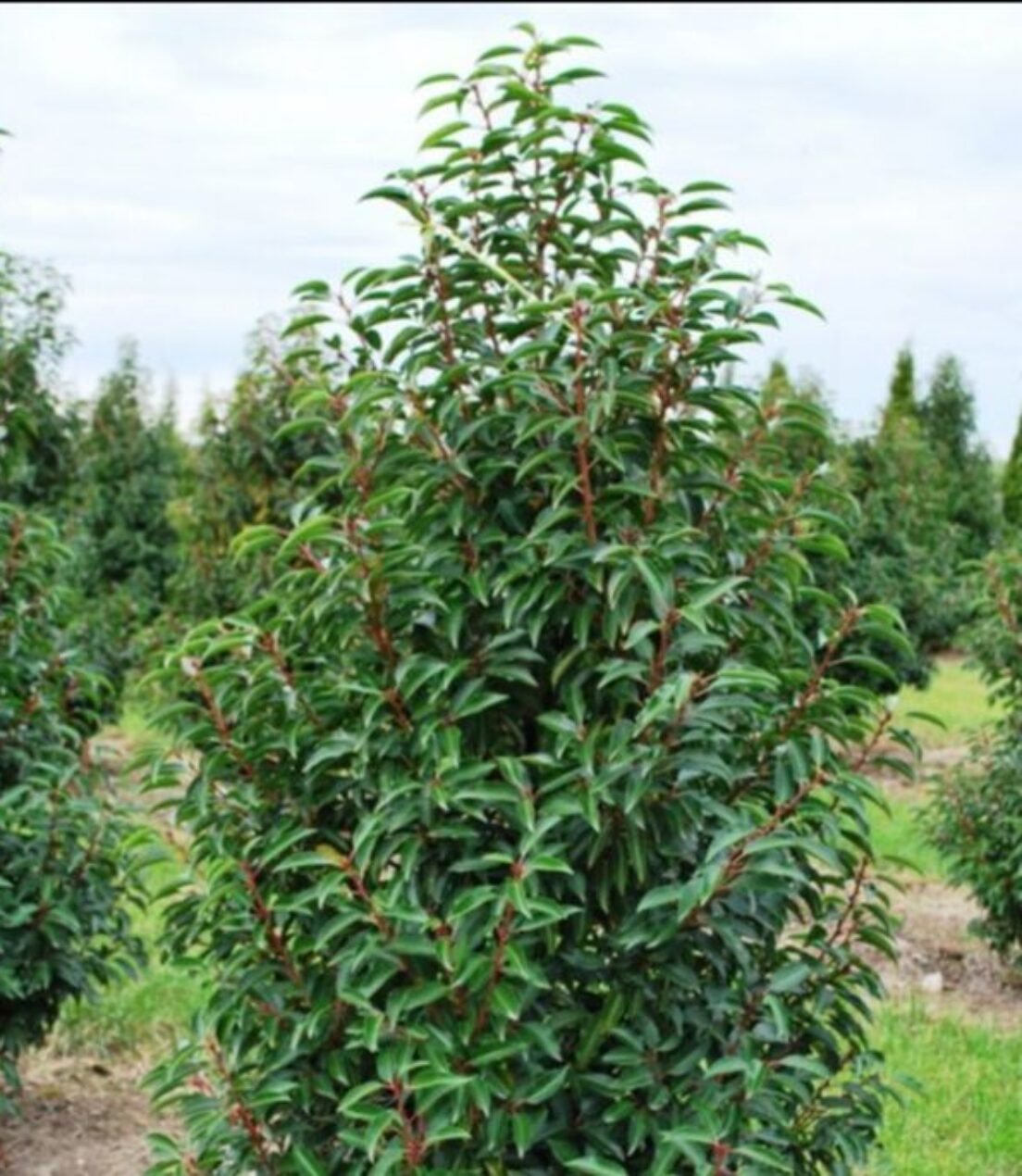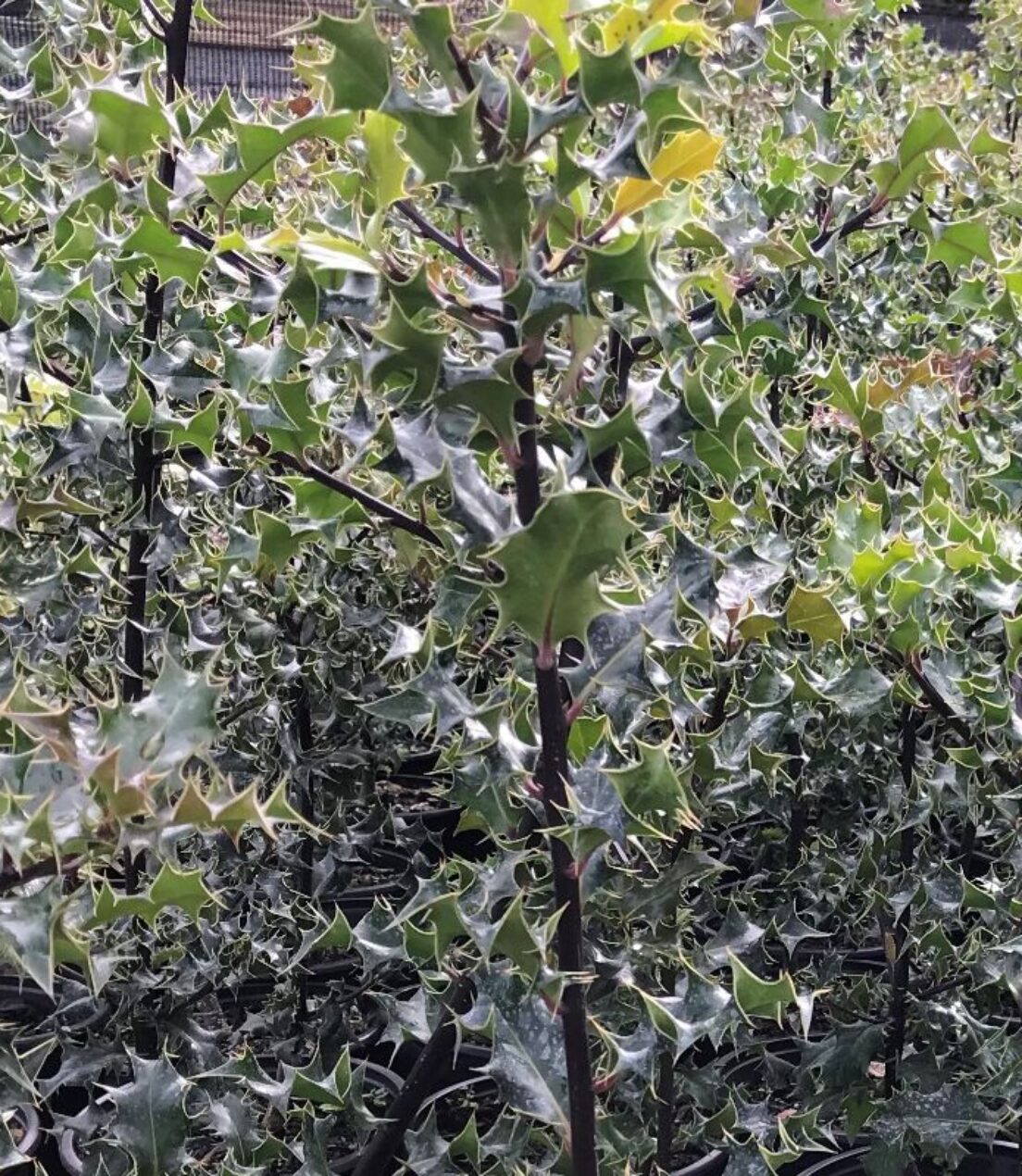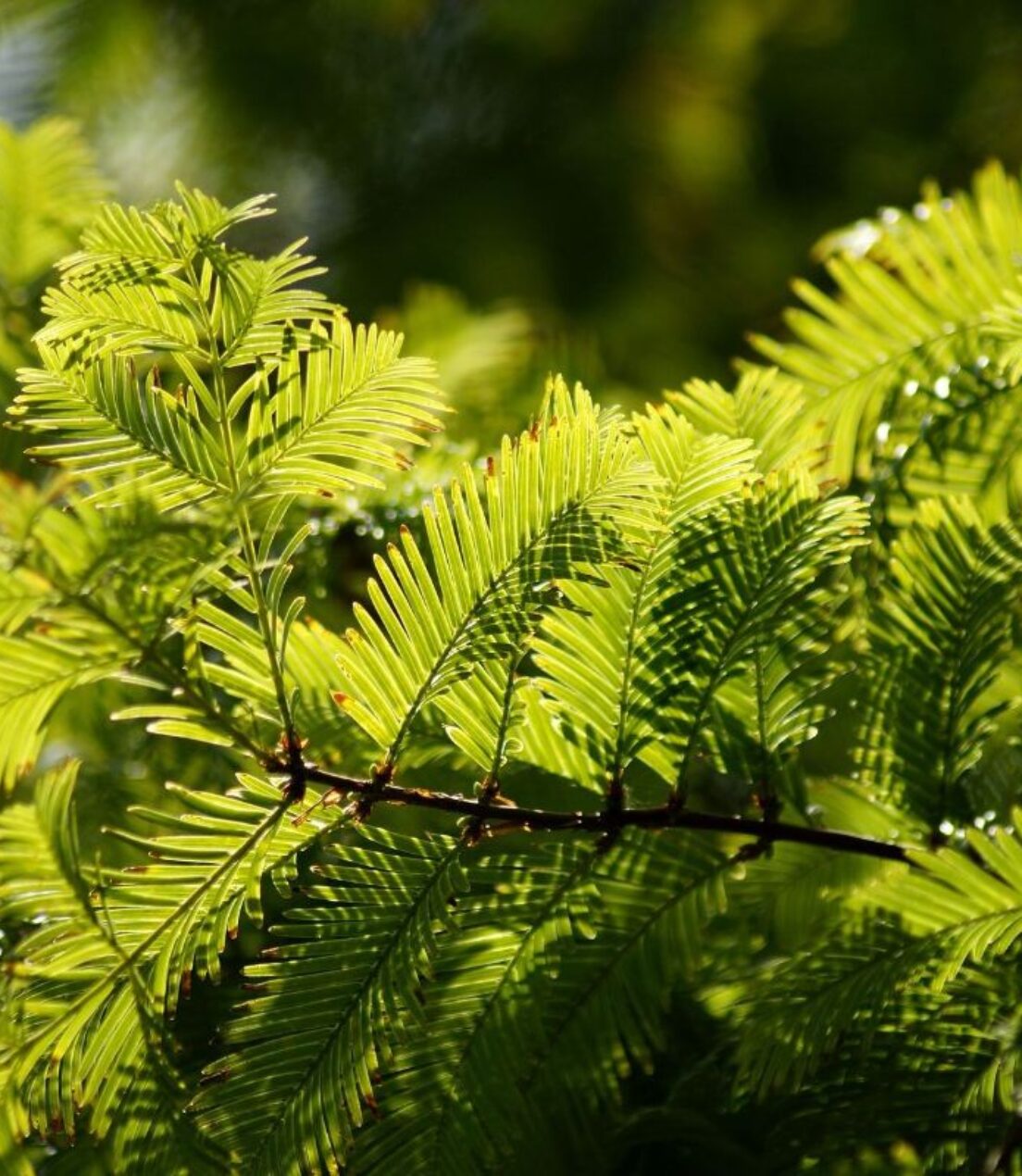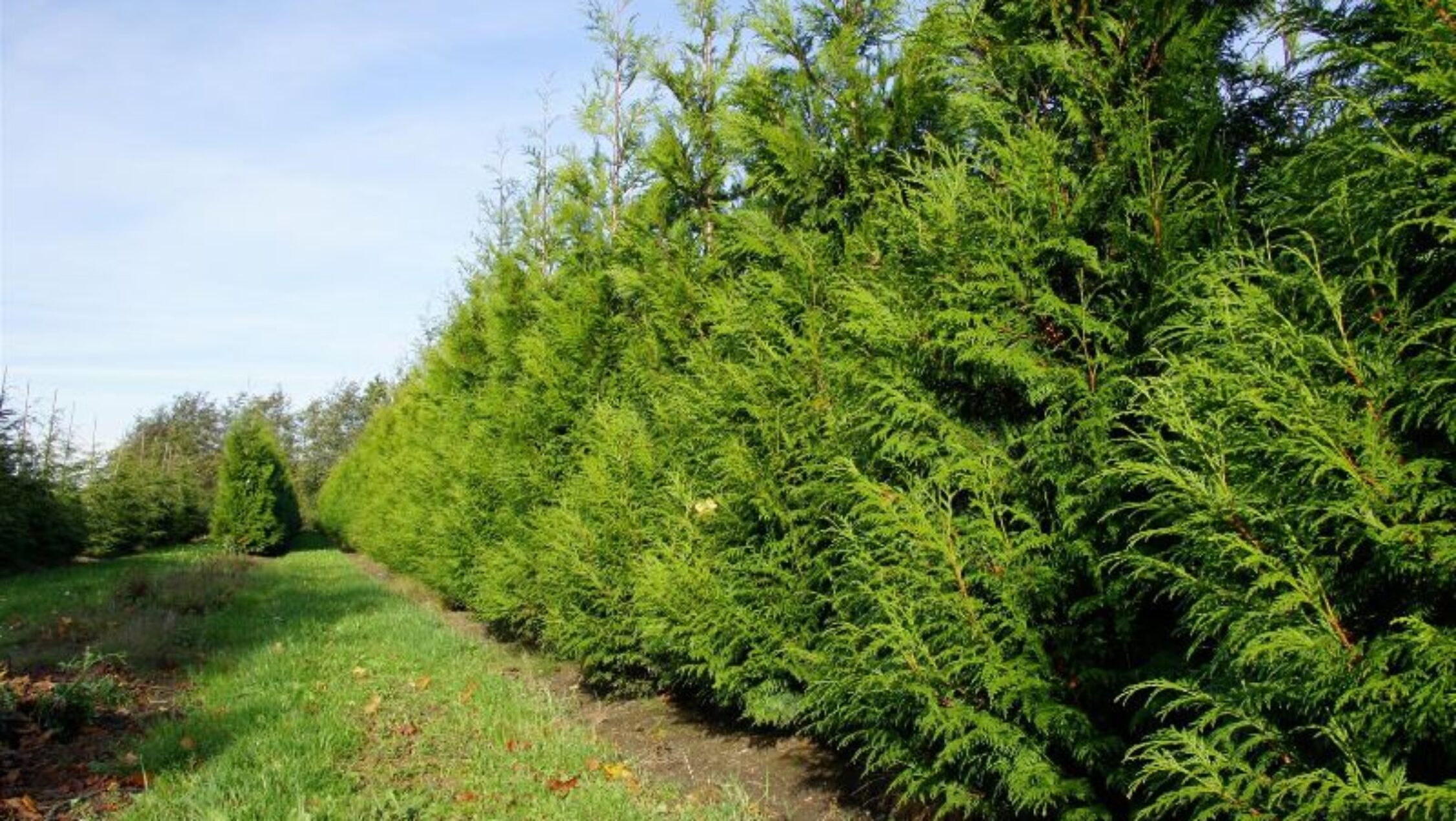A key role for the garden designer is to advise on what kind of materials and plants are appropriate for a client’s garden, and an element that shouldn’t be overlooked is the boundary or internal screening.
Incorporating a suitable hedge, evergreen, semi evergreen or deciduous can create a beautiful garden backdrop, whilst also offering protection from the elements, privacy, and habitat for wildlife, not to mention security.

